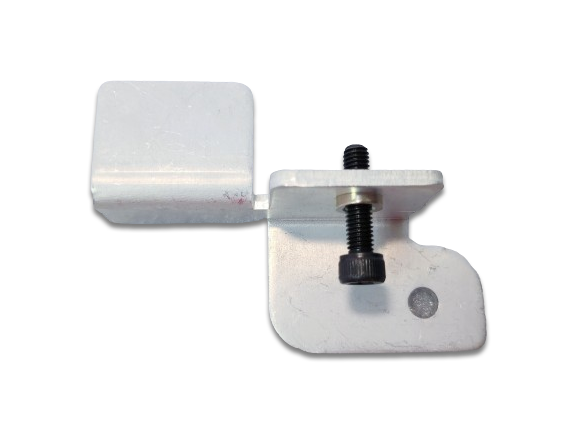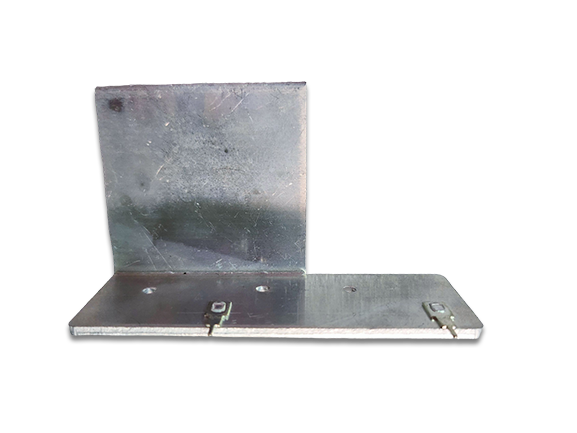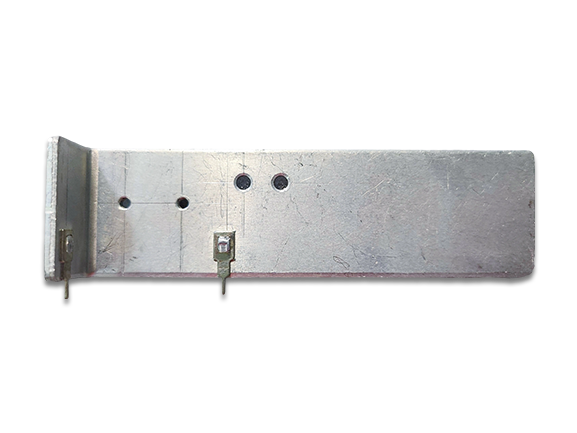 Esperanto
Esperanto
 Shqiptare
Shqiptare
 Euskara
Euskara
 Zulu
Zulu
 Latinus
Latinus
 Cymraeg
Cymraeg
 தமிழ்
தமிழ்
 Slovak
Slovak
 Slovak
Slovak
 Afrikaans
Afrikaans
PRODUCTS
Plug-in heat sink
In order to improve the heat dissipation performance of electronic component finned heat sinks, a plug-in heat pipe finned heat sink was developed and experimental research was conducted in natural and forced convection environments.
Classification:
Plug-in heat sink
Key words:
Plug-in heat sink
Contact us
Product description
In order to improve the heat dissipation performance of electronic component finned heat sinks, a plug-in heat pipe finned heat sink was developed and experimental research was conducted in natural and forced convection environments. The experimental results show that there is no significant difference in the control of pyrogen temperature between heat pipe finned radiators and traditional radiators in natural convection environments. However, with the increase of heating power, the advantages of heat pipe finned radiators gradually become apparent. The average surface temperature of pyrogen in heat pipe finned radiators is about 5 ° C lower than that of conventional radiators; With the increase of heating power and the improvement of heat transfer performance of heat pipe fins, the average temperature of the surface of the heat source of the heat pipe fin radiator is lower than that of traditional fin radiators, confirming that heat pipe fin radiators are more suitable for heat removal of high-power equipment. By improving the thermal conductivity of the fin material, the heat dissipation performance of the radiator can be effectively improved.
The plug-in heat sink is a type of heat sink. The plug-in radiator adopts a straight tube push inflation machine for tube expansion, which achieves plastic deformation of both the aluminum profile pipe wall and the lining pipe. After rebound, the combination is tight, the surface is smooth, and the dimensional accuracy is high. The use of plug-in assembly can achieve no leakage. Therefore, there is no waste generated in the production process, which reduces energy waste. In addition, there is no need for welding during the assembly process, which has no overheating effect on the surface of the plug-in radiator, saving a lot of manpower and energy.
Long term use of underfloor heating can disrupt the human circulatory system and cause some respiratory diseases. Due to the presence of a large number of viruses and bacteria on the floor, they can become very active and cause diseases when heated up. If using a finned radiator for heating, it is convective heat dissipation that heats the air and then transfers it to the human body, without causing the above phenomenon. For the health of family members, using a finned radiator for heating is a very reasonable way.
Prev
Next
Prev
Next













